The 1960s produced some of the most stylish and desirable cars in history, and nothing captured the era’s spirit quite like a convertible. Drop the top, fire up a big V8, and you had the recipe for pure freedom on four wheels. Today, many of those same cars fetch jaw-dropping prices at auctions. But what makes them so valuable decades later? Here are ten reasons collectors are willing to pay a premium.
Timeless Style
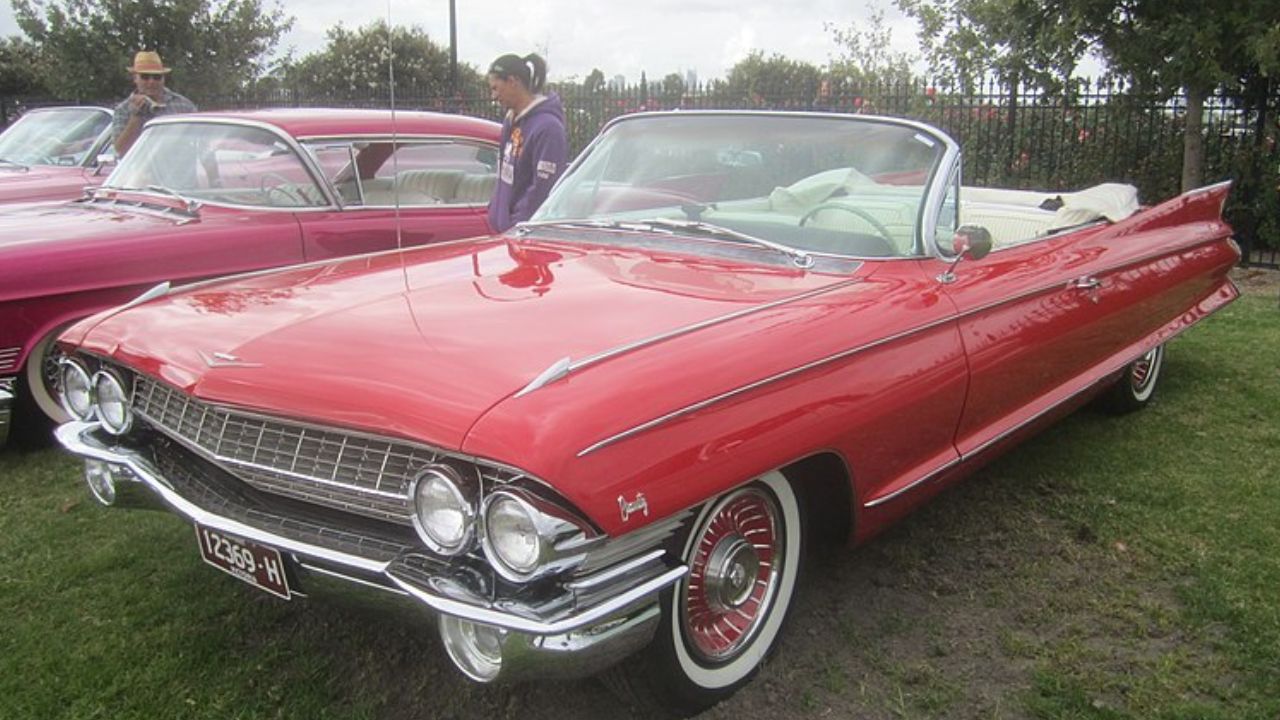
The design language of the ’60s was clean, confident, and instantly recognizable. Cars like the 1965 Mustang convertible or 1969 Camaro SS carried proportions that still turn heads decades later. Chrome bumpers, sharp lines, and wide stances gave them a bold presence that modern cars often lack.
Collectors are drawn to the distinctive looks and craftsmanship of these vehicles. The attention to detail and unique features, such as the tailfins of the 1961 Cadillac Eldorado Biarritz, make them stand out in any collection. Their timeless appeal ensures they remain a symbol of the golden age of American automotive design.
Muscle Under the Hood
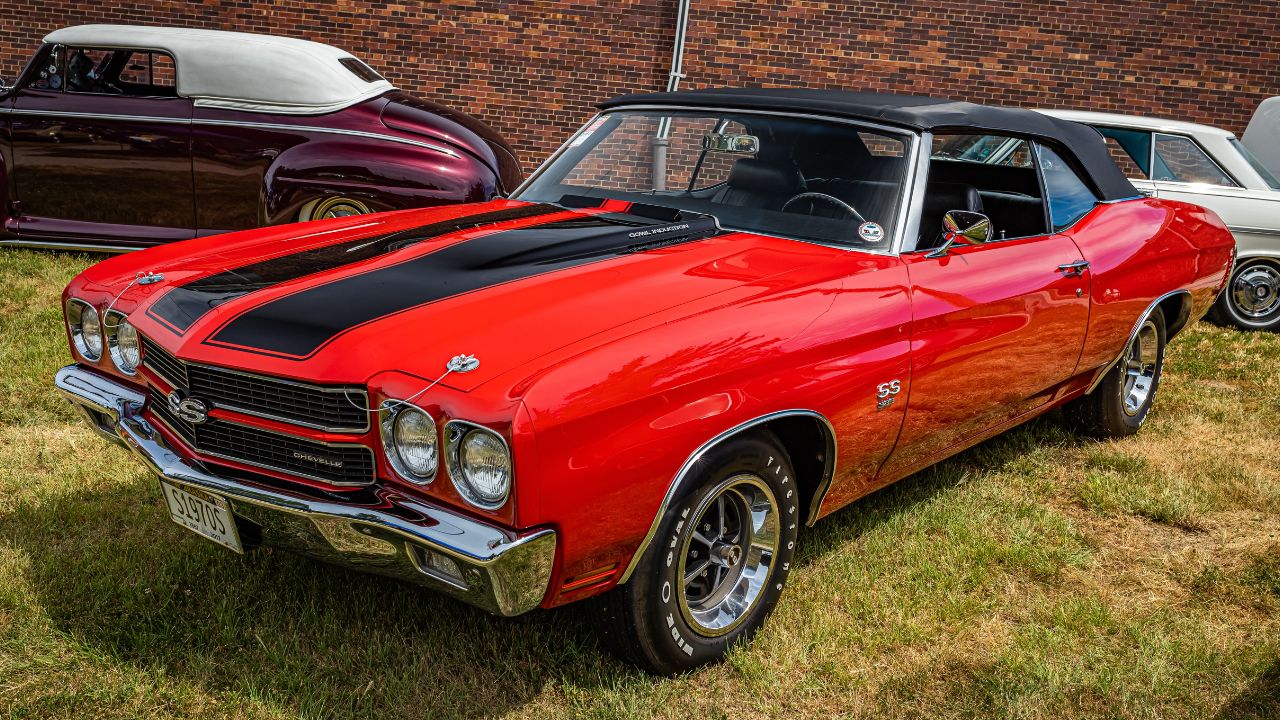
Convertibles weren’t just about looks—they had serious bite under the hood. Many came with big-block V8 options, like the Chevelle SS396 convertible, capable of laying down serious performance numbers. This blend of raw power and drop-top cruising made them both fun and formidable.
In today’s market, that dual appeal drives desirability through the roof. Collectors prize them because they represent an era when style and muscle worked hand in hand.
Pop Culture Fame
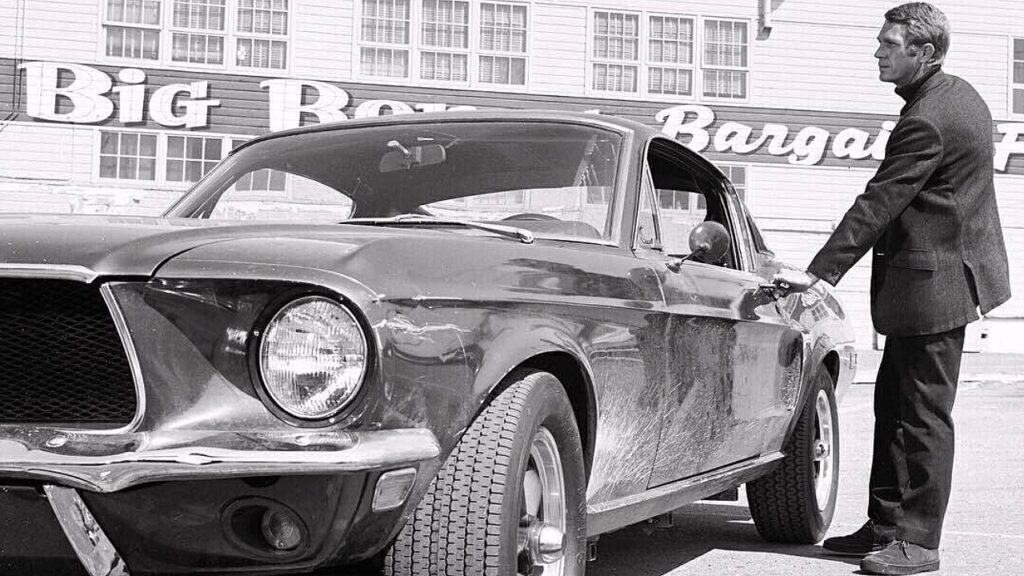
Movies, music, and TV helped elevate ’60s convertibles into cultural icons. While Steve McQueen’s ’68 Bullitt Mustang was a fastback, it still boosted Mustang fever and brought attention to its convertible cousins. Rock stars and celebrities were often photographed cruising top-down in Corvettes, GTOs, and Camaros, fueling demand among fans.
Even decades later, seeing one of these cars instantly triggers memories of that cultural moment. That lasting connection keeps collectors chasing after them, no matter the price tag.
Limited Survivors
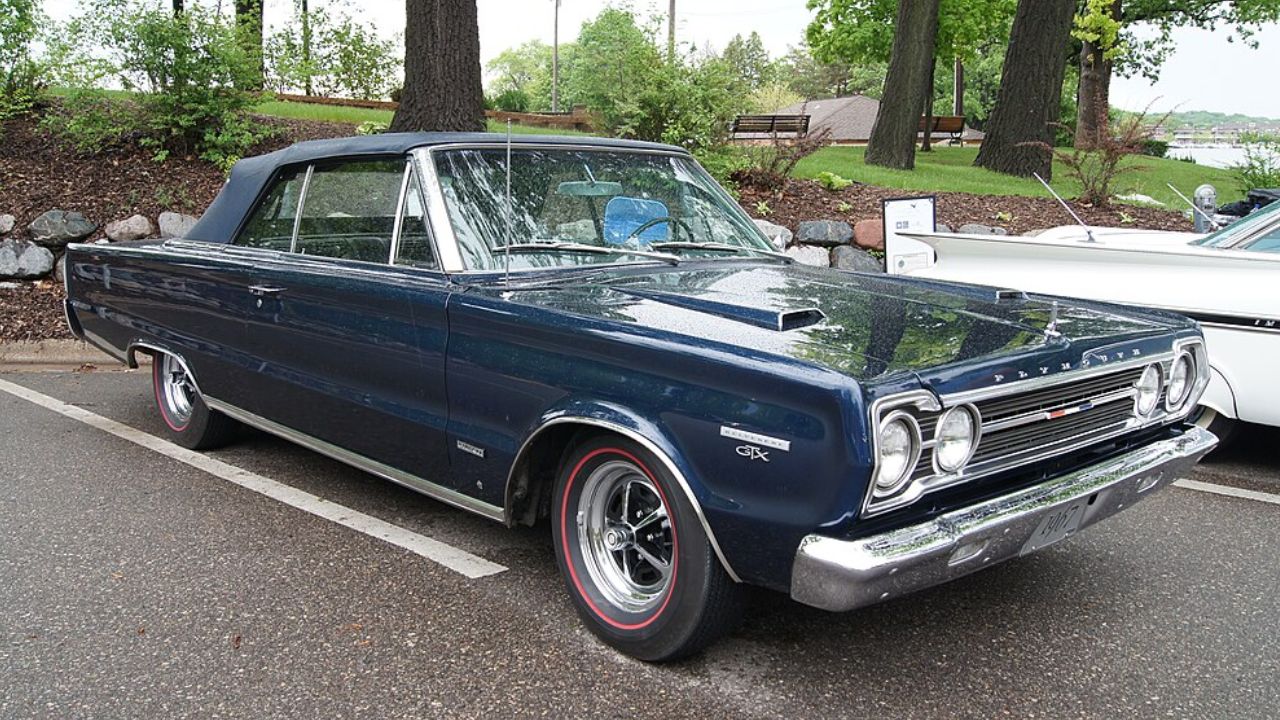
Convertibles had a tougher road to survival than coupes and sedans. Their fabric tops made them more vulnerable to weather, while weaker chassis rigidity often led to harder wear and tear. Many were driven hard, neglected, or lost to rust, meaning only a fraction remain today.
A car like the 1967 Plymouth GTX convertible is exponentially rarer than its hardtop twin. Scarcity always drives prices up, and these survivors are now cherished gems.
Open-Air Driving
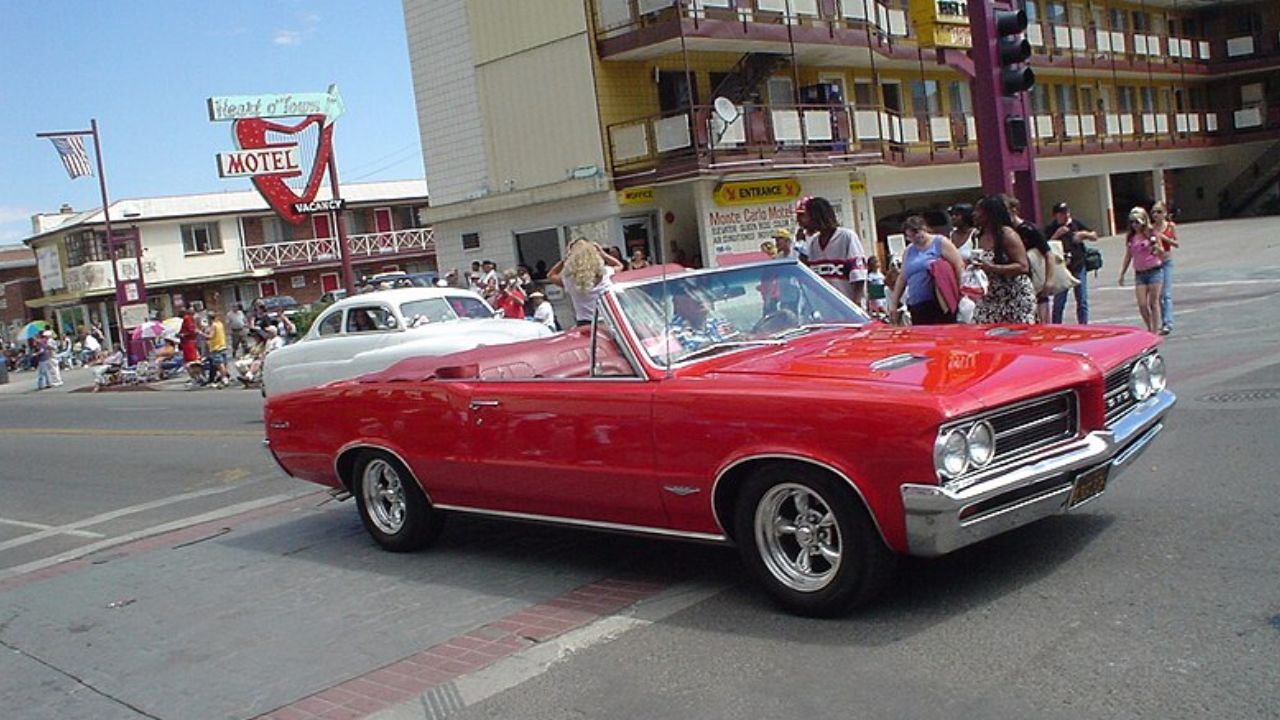
Few things compare to the thrill of driving with the top down on a warm summer evening. In the ’60s, convertibles like the Pontiac GTO or Chevy Impala SS ragtop gave buyers the best of both worlds: muscle car power and breezy cruising. That sense of freedom still resonates today, especially in an era dominated by SUVs and crossovers.
Driving one feels like stepping back into a simpler time, when the road itself was the adventure. It’s not just nostalgia—it’s an experience money can buy, and buyers are willing to pay for it.
Racing Pedigree
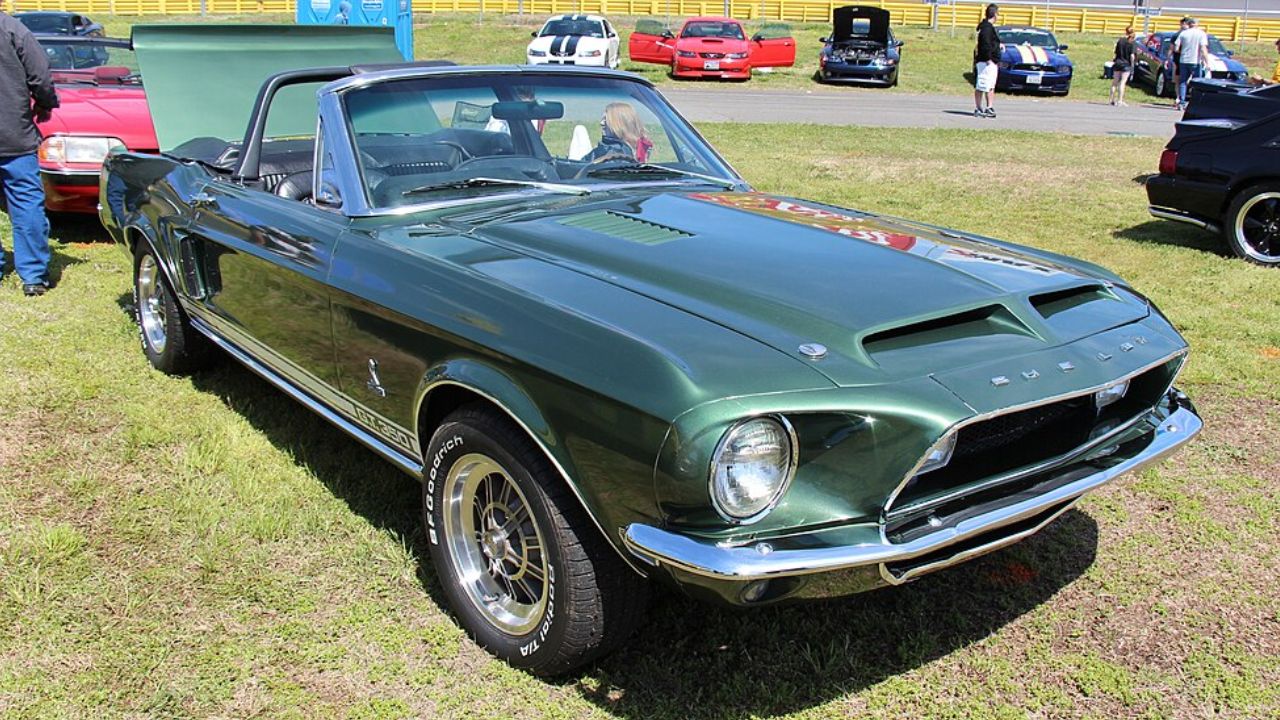
Some ’60s convertibles shared DNA with legendary race cars. The Shelby GT350 convertible, for example, carried engineering and styling cues from its track-proven siblings. That link to motorsport gave them instant credibility and collectability.
Buyers today still want cars that not only look good but also connect to performance history. Racing pedigree ensures that these convertibles will always stand out as more than just showpieces.
Baby Boomer Nostalgia
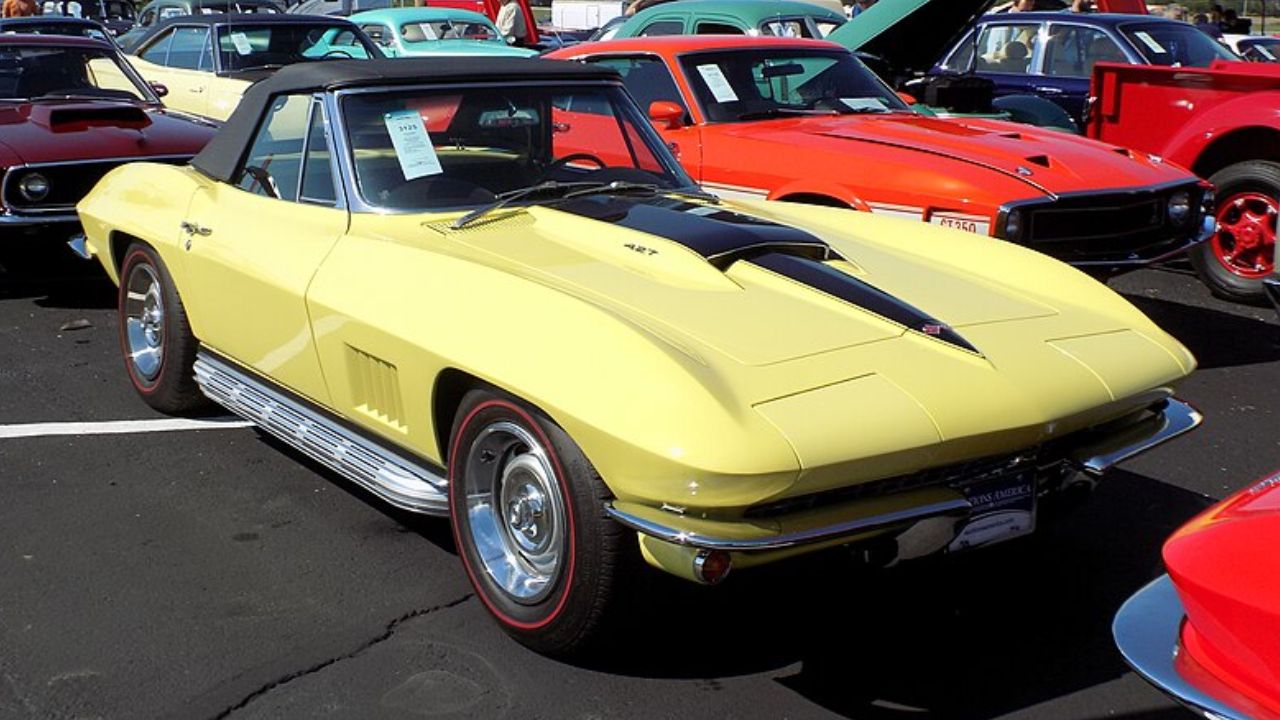
For many Baby Boomers, ’60s convertibles were the dream cars of their youth. Posters on bedroom walls or sightings on local cruise nights left lasting impressions. Now, with disposable income in hand, this generation is chasing those dreams.
A Corvette Sting Ray roadster or Charger R/T convertible isn’t just a car—it’s a time machine back to their teenage years. Nostalgia is one of the most powerful forces in the collector market, and it drives prices sky-high.
Rarity of Options
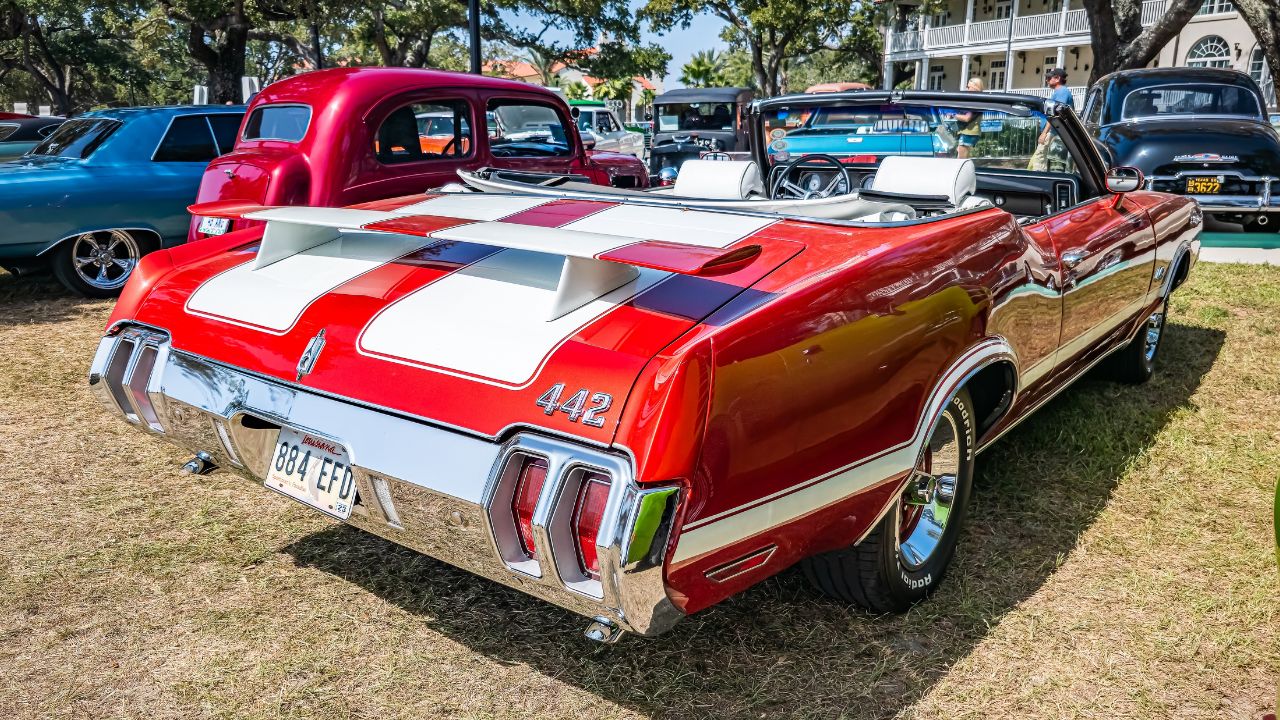
Some ’60s convertibles came with special paint codes, rare performance packages, or unusual trim combinations. A 442 W-30 ragtop or a special-order Firebird convertible is far more valuable than its standard counterpart. These options often went unnoticed at the time but have become goldmines for collectors today.
When two otherwise identical cars cross the block, the one with rare factory upgrades will always bring more money. Rarity isn’t just about survival—it’s also about uniqueness from day one.
Craftsmanship
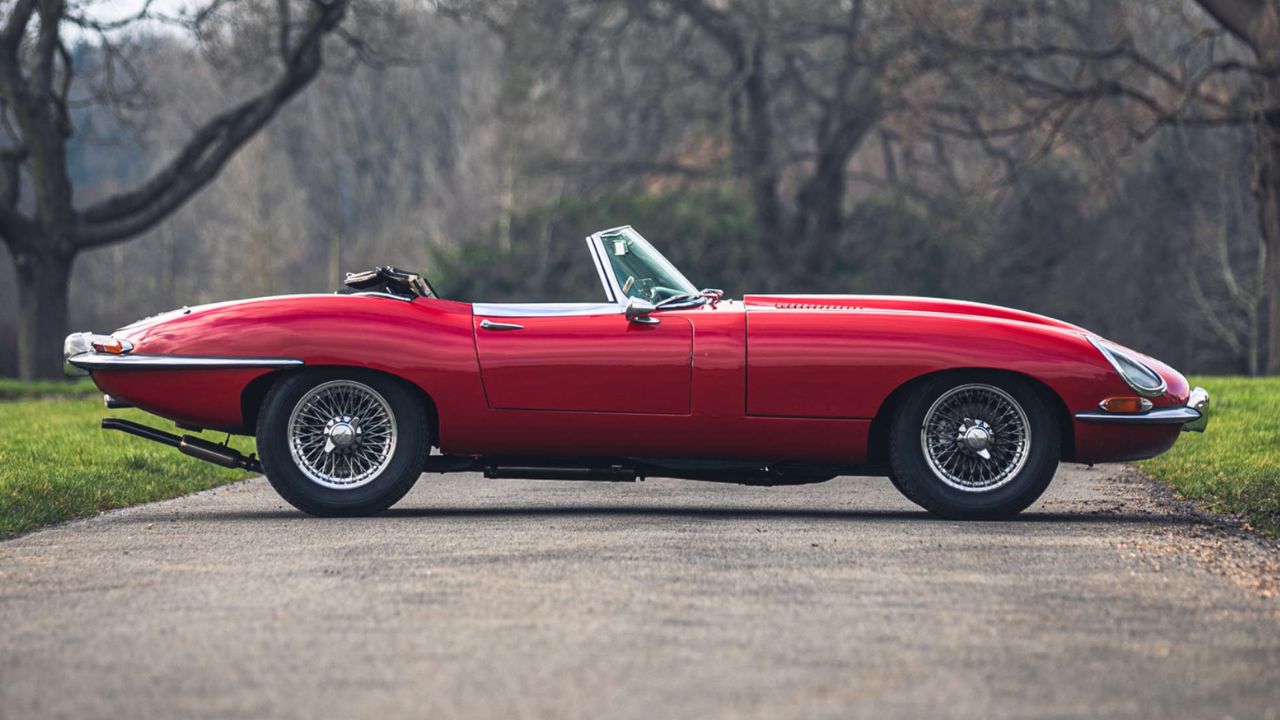
Cars of the ’60s were built with a level of craftsmanship modern vehicles rarely match. Real chrome, solid metal panels, and plush interiors gave convertibles a premium feel. Slide into a Jaguar E-Type Series I roadster or a Cadillac DeVille convertible, and you’ll immediately notice the difference. This old-world craftsmanship is part of the charm that keeps values high. Collectors appreciate that they’re buying not just a car, but also a piece of artistry from another era.
This old-world craftsmanship is part of the charm that keeps values high. Collectors appreciate that they’re buying not just a car, but also a piece of artistry from another era.
Investment Potential
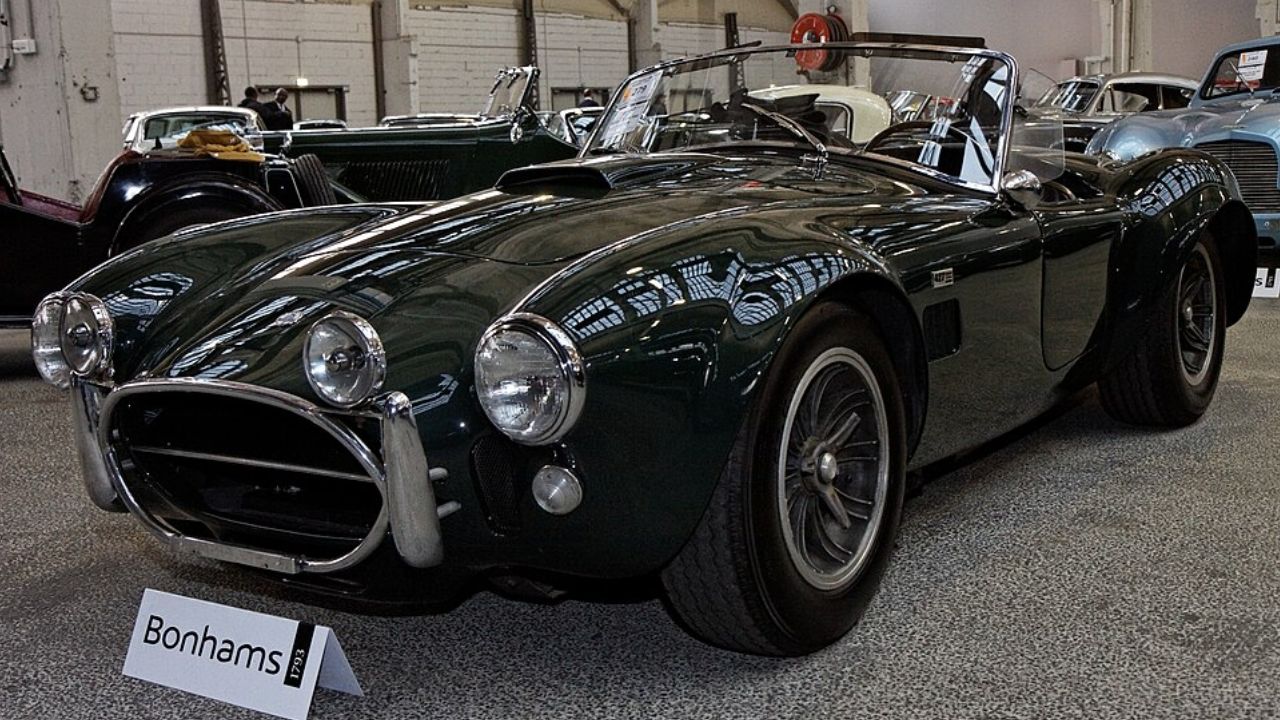
Beyond nostalgia and style, classic convertibles are proven investments. Values for top-tier models like the 1969 Camaro Z/28 convertible or Shelby Cobra roadster continue to rise year after year. Collectors know that parking money in one of these cars isn’t just about fun—it’s about smart asset growth.
Unlike modern cars that depreciate, these icons often appreciate with time. For many buyers, that mix of enjoyment and financial upside makes them irresistible.
Like Fast Lane Only’s content? Be sure to follow us.
Here’s more from us:
*Created with AI assistance and editor review.

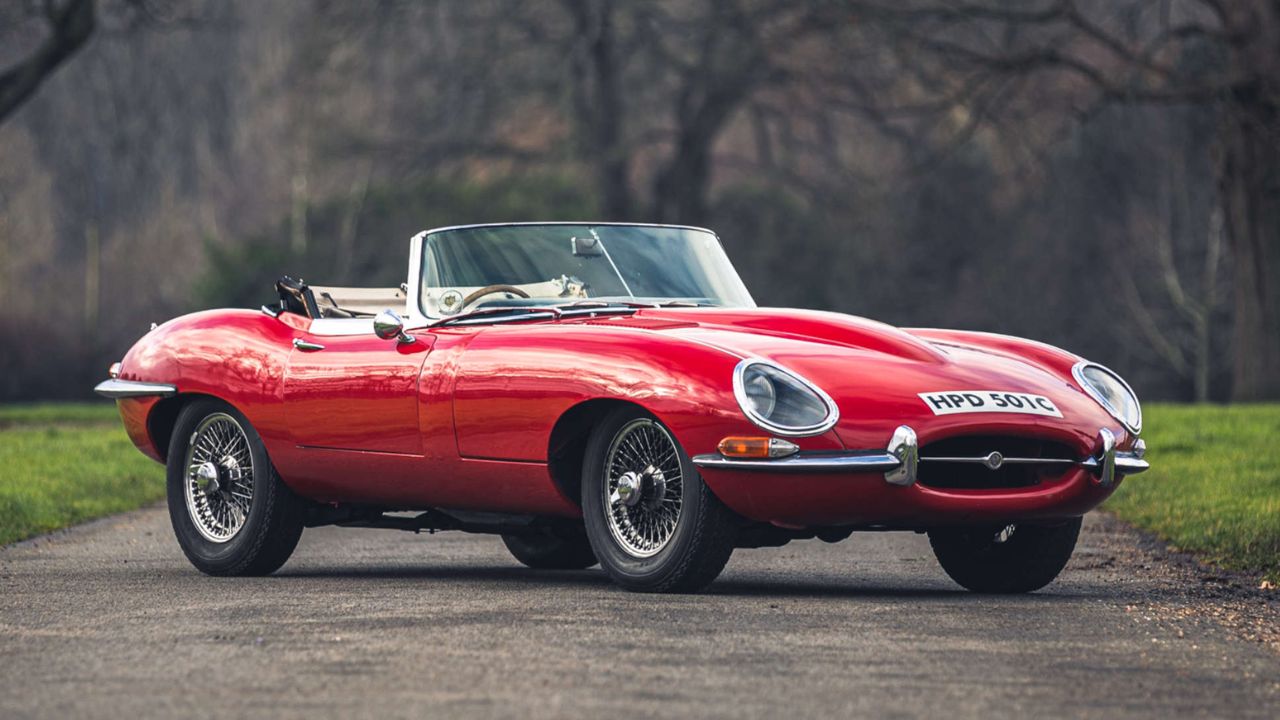

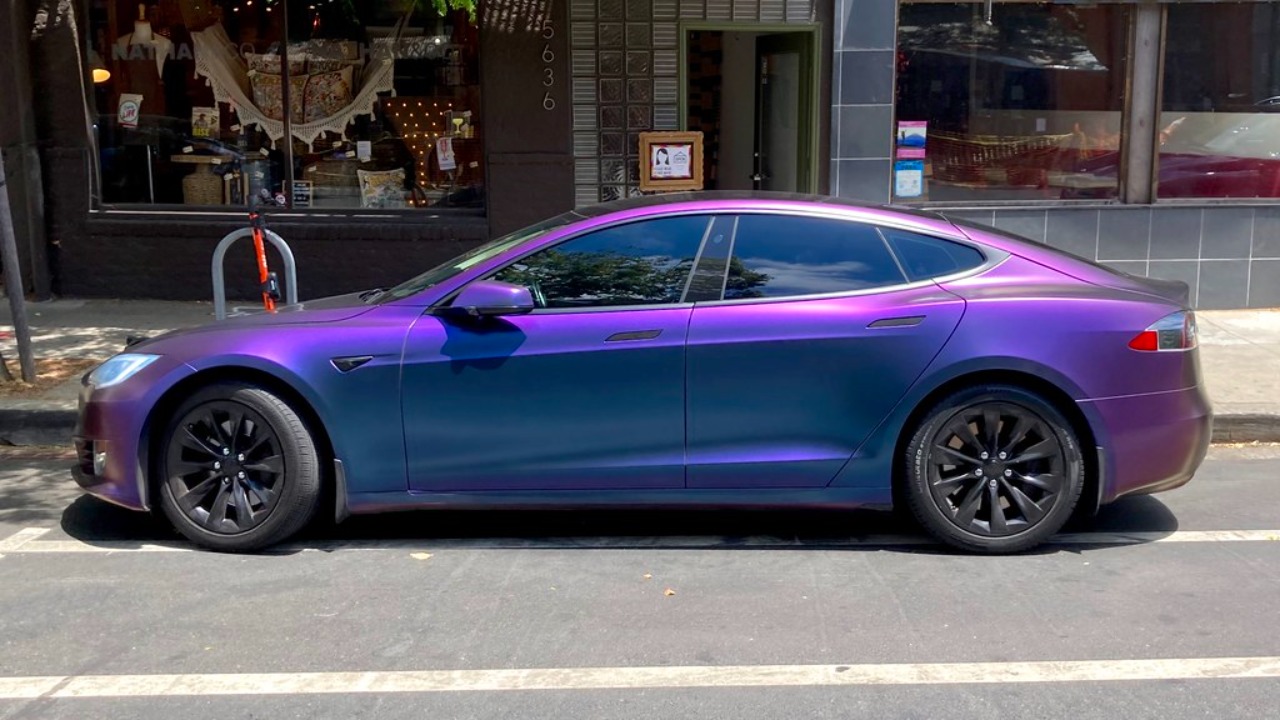
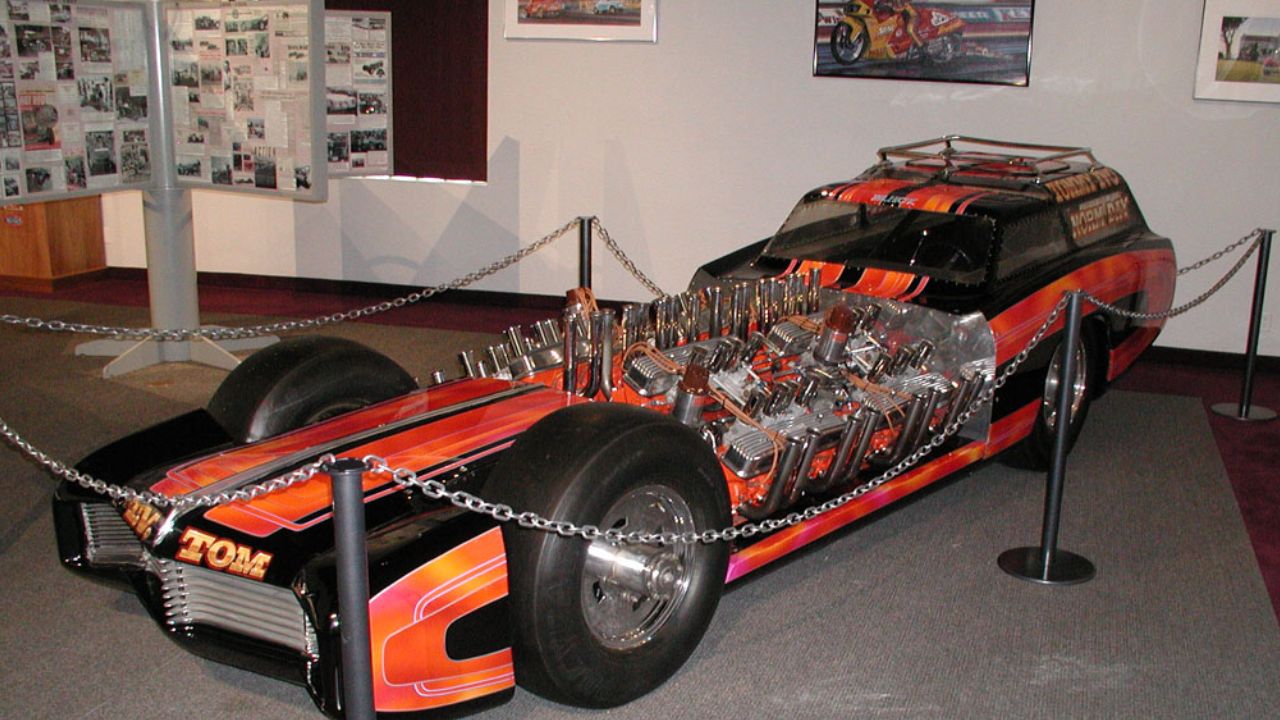
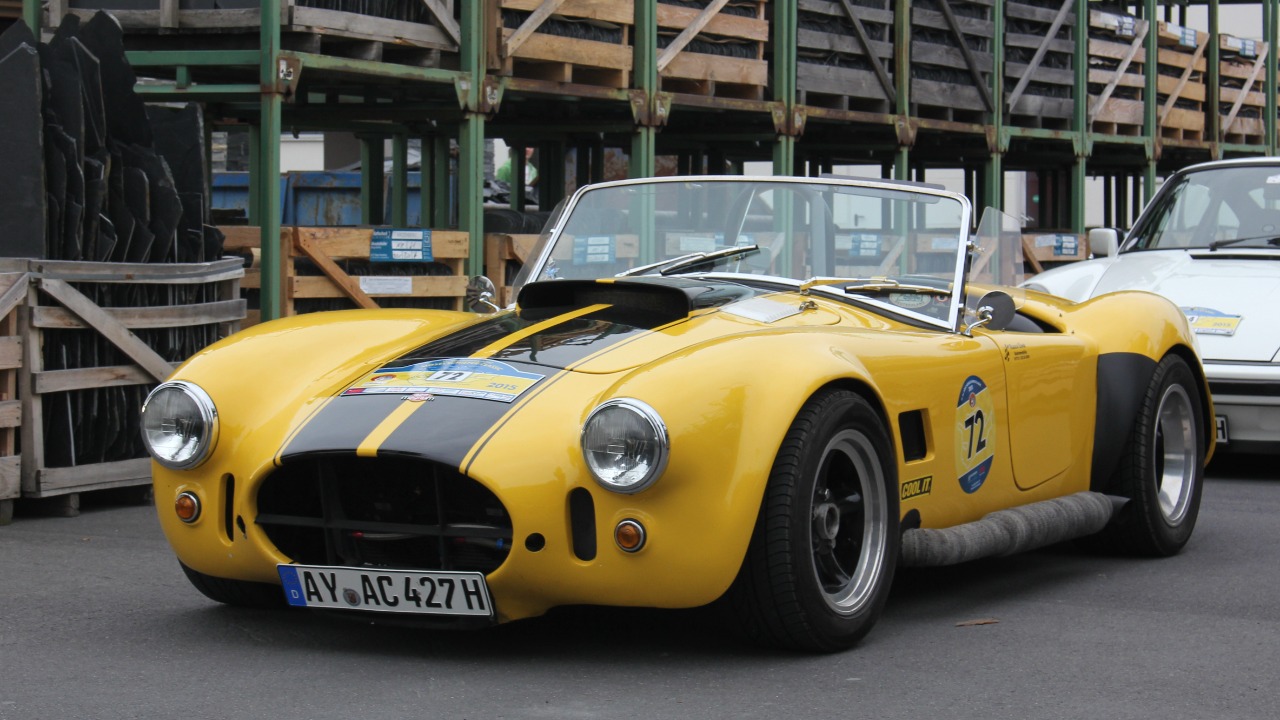
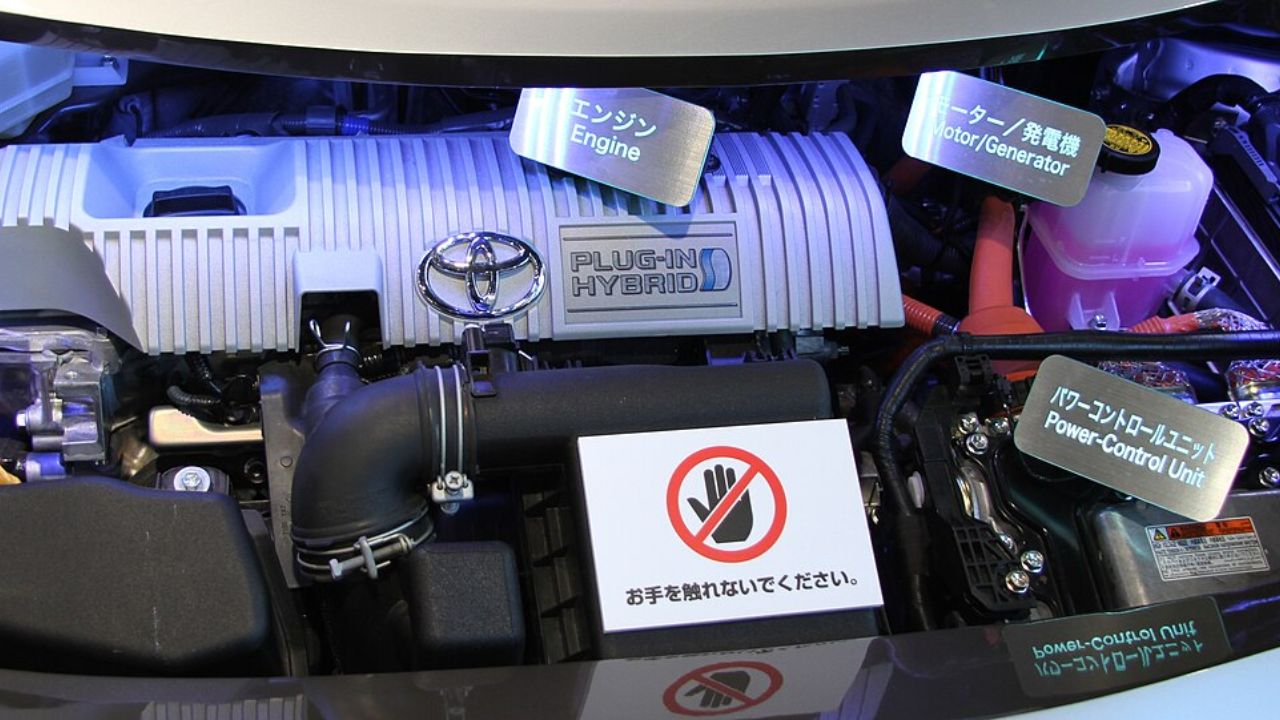
Leave a Reply